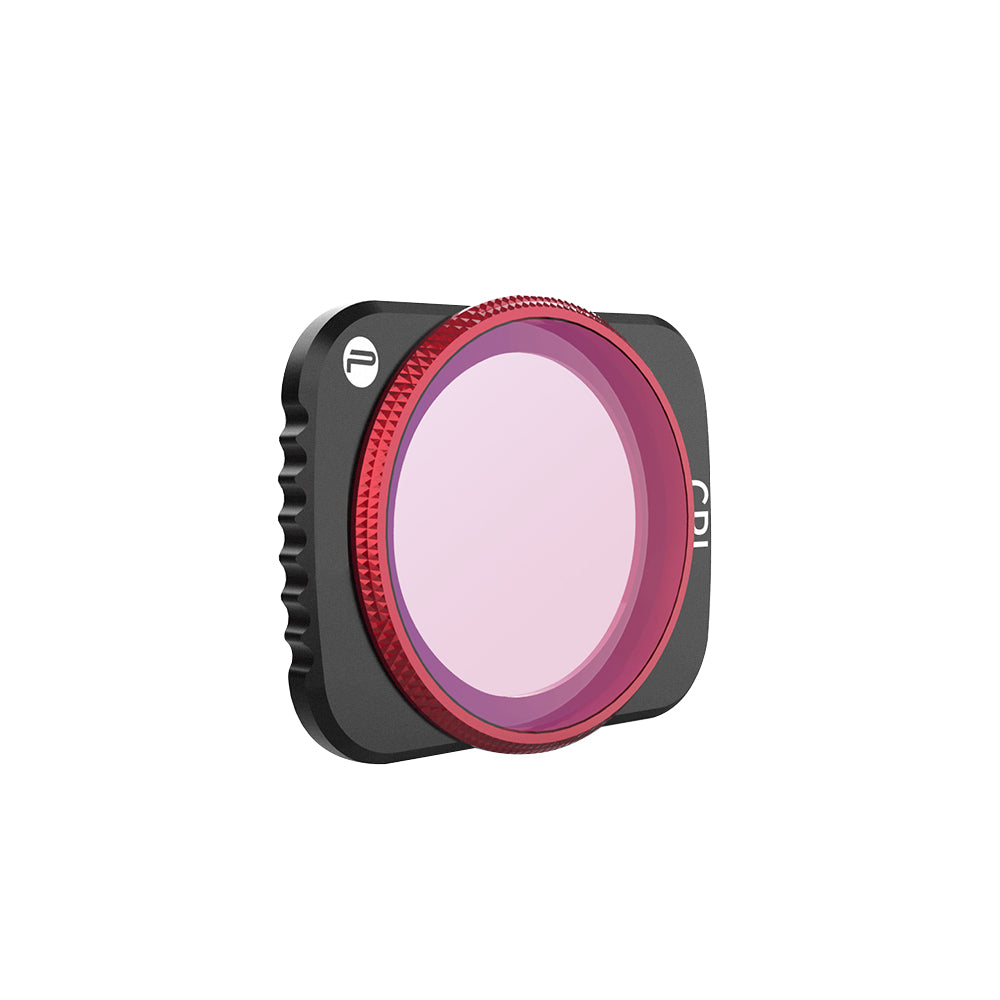You are using an out of date browser. It may not display this or other websites correctly.
You should upgrade or use an alternative browser.
You should upgrade or use an alternative browser.
Polarized lenses
- Thread starter Windy Heap
- Start date
k9kids
Well-Known Member
Just look for a CPL filter.
Here is a link to one:

 www.pgytech.com
www.pgytech.com
Here is a link to one:

Mavic Air 2 Filter
Lifetime warranty | The DJI MAVIC AIR 2 filter uses German SCHOTT glass | Multiple grinding for high-definition images | Quick release design | Double-sided coating performing waterproof, anti-oil, anti-scratch.
InvisibleName
Well-Known Member
That’s the one I got, very good qualityJust look for a CPL filter.
Here is a link to one:

Mavic Air 2 Filter
Lifetime warranty | The DJI MAVIC AIR 2 filter uses German SCHOTT glass | Multiple grinding for high-definition images | Quick release design | Double-sided coating performing waterproof, anti-oil, anti-scratch.www.pgytech.com
Dincena
Active Member
That’s the one I got, very good quality
[/QUOTE
Can you leave this on at all times and just adjust it depending on daylight?
What is the difference between ND-PL and a CPL filter?
NDPL is neutral density and polarising and the CPL is clear polarising, Im guessing on the clear but that what it is. ND is the sunglasses for you lens and they come in lots of grades / strenghts
CPL is ‘Circular Polariser’. The Circular part of it is often required for autofocus to function correctly especially in digital cameras that contain half-silvered mirrors. The polariser helps to reduce reflections but also boost contrast in an image, which is a benefit to autofocus systems that use contrast-based sensors to perform focusing.
I think the best of both worlds would be if I could buy a single ND4PL filter, but you have to buy a $70 set of 4 of them that comes as a kit of PL all in ND4, ND8, ND16 ND32.
I bought the MA2 combo so I already have all the ND filters............too bad someone doesn't make a double stackable filter set.........none that I've found.
I bought the MA2 combo so I already have all the ND filters............too bad someone doesn't make a double stackable filter set.........none that I've found.
Prismatic
Well-Known Member
Many people find that a polarized ND filter creates real trouble, and can realistically only be used in special circumstances.I think the best of both worlds would be if I could buy a single ND4PL filter, but you have to buy a $70 set of 4 of them that comes as a kit of PL all in ND4, ND8, ND16 ND32.
I bought the MA2 combo so I already have all the ND filters............too bad someone doesn't make a double stackable filter set.........none that I've found.
But first ... the light from a clear sky is polarized perpendicular to the sun's position in the sky. Say the sun is in the south, azimuth 180°. Therefore, the skies to the east and west are polarized, while the skies to the north and south are not polarized. This means filter polarization can have a large effect (when rotated properly) on the eastern or western skies, but no effect (regardless of its rotation) on the northern or southern skies.
Now let's say you frame up a shot looking northeast, azimuth 45°. Drones use a wide-angle lens, so the field-of-view (FoV) is wide, often well over 80°. So:
- The left edge of your photo includes sky that is only a couple of degrees from due north, where the polarizing filter has essentially no effect.
- The right edge of your photo includes sky that is only a couple of degrees from due east, where the polarizing filter has maximum effect.
The same effect comes into play when you try to reduce surface glare on water; the degree of effect depends on the yaw of the aircraft with respect to the direction of the polarization. It's possible to use this effect creatively in video, but generally it makes for weird footage, and is a PITA shooting stills, too.
Just my $0.02. I have them, but I (almost) never use them. I'll mount a non-polarizing ND filter as needed.
Last edited:
Similar threads
- Replies
- 1
- Views
- 907
- Replies
- 7
- Views
- 1K
- Replies
- 3
- Views
- 803
- Replies
- 0
- Views
- 1K
DJI Drone Deals
Members online
Total: 2,328 (members: 8, guests: 2,320)









